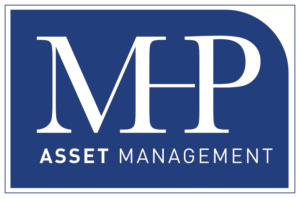December 2nd 2001 through December 2nd 2011 is known as the lost decade to stock market investors. If you had invested $10,000 dollars in 2001 and did not take profits at any time when they may have been available during that period, you would have $10,000 dollars in 2011. I recall that period of time very well because it demanded a lot of work to make money for clients. It was also a period of time when it paid to be a “stock picker” as opposed to an index or mutual fund investor. There was money to be made if you chose stocks that you did not marry and were willing to take a reasonable profit. Three and half years after the “getting even” point, it seems that the markets have placed people back into that complacent trance that really worries the contrarian and sometimes pessimistic side of my brain.
Over the past few months I have attempted to touch on investment management topics like Mutual funds vs. Exchange traded funds, using option contracts for income and hedging, annuities that are tied to an index that can provide downside protection and lifetime income, indexed universal life insurance that is also tied to a variety of indices that have market loss protection and tax free income and a death benefit. Any or all of these strategies can work to protect what you have accumulated and to increase income from your investments. The key is finding the right mix for your financial situation and risk tolerance. Assessing risk tolerance is not as easy as asking a few questions and putting check marks in the box next to a multiple choice response. My belief is that all clients are risk adverse until they can prove otherwise. What I mean by that is; expectations must be reasonable to meet, based on the investable assets and age of the client. If a client truly has assets over and above what they need to sustain a comfortable life style, then we can stretch for additional yield. A difficult situation is when the client needs to take on too much risk because they do not have sufficient assets to sustain that lifestyle. Retirement and Social Security Planning sooner, than later, can make a big difference with the client’s retirement income.
Long term care, life insurance or other types of asset preservation tools are much cheaper and attainable the younger you are. Long term care, in my opinion is very important for a certain asset level or family health history, but may not be the best product for many people. There are some hybrid life insurance policies with living benefits that may be a better fit. It depends on the clients specific needs.
The message I want to convey is simple: Protect the principal and assets that you have acquired, especially if you are nearing or have entered retirement. Even if you plan on working and investing for ten or more years longer, another “lost decade” may be lurking around the corner.
Mark Patterson is Chief investment officer with MHP Asset Management and can be reached at (603) 447-1979 or mark@mhp-asset.com.



























